Kluczowe dokumenty
114235
1,3,5-Triallyl-1,3,5-triazine-2,4,6(1H,3H,5H)-trione
98%
Synonim(y):
1,3,5-Triallyl-1,3,5-triazinane-2,4,6-trione, 1,3,5-tri-2-propen-1-ylo-1,3,5-triazyna-2,4,6(1H,3H,5H )-trion, 1,3,5-trializocyjanuran, Izocyjanuran trialilu, Kwas 1,3,5-trializocyjanurowy, Kwas 1,3,5-tris-2′-propenyloizocyjanurowy
About This Item
Polecane produkty
Próba
98%
zawiera
500 ppm tert-butylhydroquinone as inhibitor
współczynnik refrakcji
n20/D 1.513 (lit.)
bp
149-152 °C/4 mmHg (lit.)
gęstość
1.159 g/mL at 25 °C (lit.)
ciąg SMILES
C=CCN1C(=O)N(CC=C)C(=O)N(CC=C)C1=O
InChI
1S/C12H15N3O3/c1-4-7-13-10(16)14(8-5-2)12(18)15(9-6-3)11(13)17/h4-6H,1-3,7-9H2
Klucz InChI
KOMNUTZXSVSERR-UHFFFAOYSA-N
Szukasz podobnych produktów? Odwiedź Przewodnik dotyczący porównywania produktów
Opis ogólny
Zastosowanie
- A crosslinking agent or additive in the synthesis of polylactic acid /flax composite materials to enhance their properties and performance under gamma irradiation.
- A monomer in the synthesis of flexible ionogels with good mechanical properties via in situ thiol-ene photopolymerization with trimethylolpropane tris(3-mercaptopropionate). These ionogels further find applications in electrochemical capacitors.
- A monomer in the fabrication of the shape memory polymer substrates.
Hasło ostrzegawcze
Warning
Zwroty wskazujące rodzaj zagrożenia
Zwroty wskazujące środki ostrożności
Klasyfikacja zagrożeń
Acute Tox. 4 Oral - STOT RE 2
Kod klasy składowania
11 - Combustible Solids
Klasa zagrożenia wodnego (WGK)
WGK 1
Temperatura zapłonu (°F)
319.1 °F - closed cup
Temperatura zapłonu (°C)
159.5 °C - closed cup
Środki ochrony indywidualnej
Eyeshields, Faceshields, Gloves, type ABEK (EN14387) respirator filter
Wybierz jedną z najnowszych wersji:
Masz już ten produkt?
Dokumenty związane z niedawno zakupionymi produktami zostały zamieszczone w Bibliotece dokumentów.
Klienci oglądali również te produkty
Produkty
The Progress in Development of Dental Restorative Materials
Nasz zespół naukowców ma doświadczenie we wszystkich obszarach badań, w tym w naukach przyrodniczych, materiałoznawstwie, syntezie chemicznej, chromatografii, analityce i wielu innych dziedzinach.
Skontaktuj się z zespołem ds. pomocy technicznej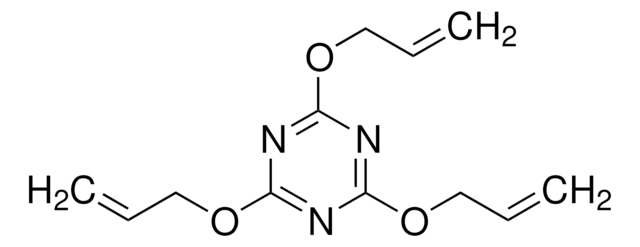
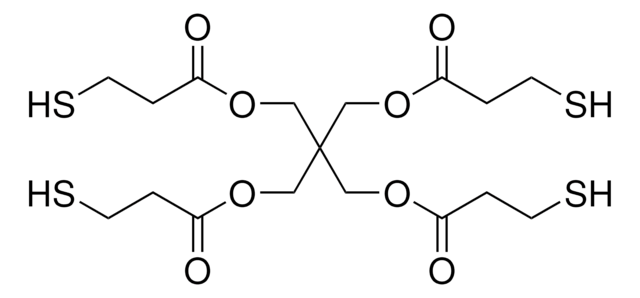
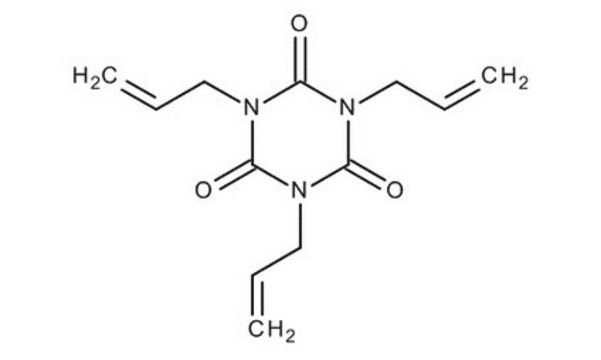
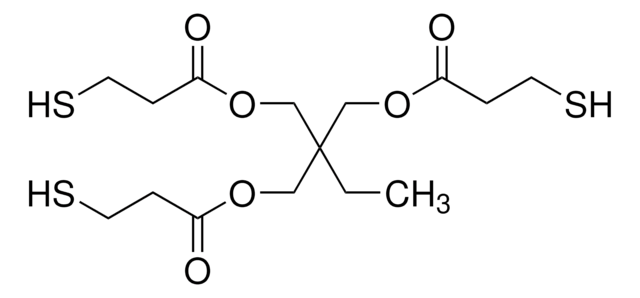
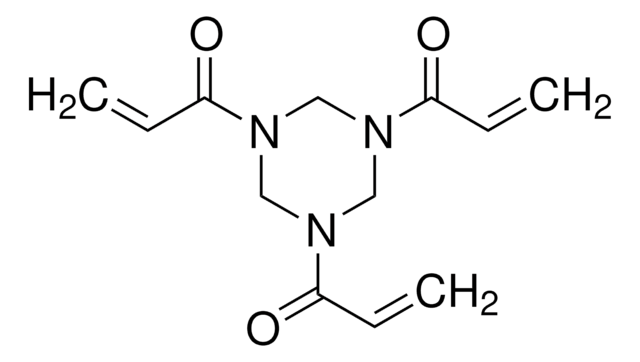

![Tris[2-(acryloyloxy)ethyl] isocyanurate](/deepweb/assets/sigmaaldrich/product/structures/254/494/1a620abc-8043-457f-92ec-87a959682438/640/1a620abc-8043-457f-92ec-87a959682438.png)
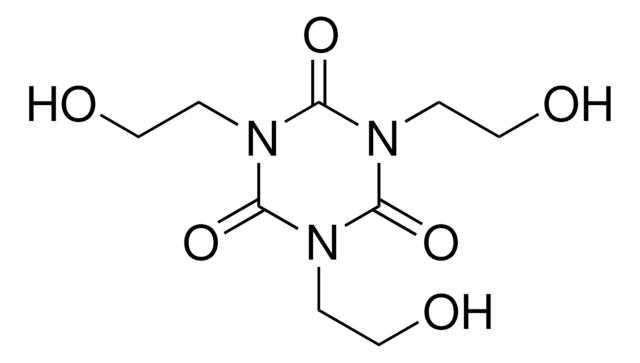
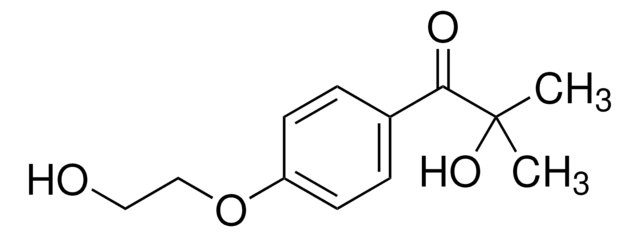




![Tricyclo[5.2.1.02,6]decanedimethanol diacrylate](/deepweb/assets/sigmaaldrich/product/structures/327/536/0dc81542-b920-47ec-99c1-d064a327a315/640/0dc81542-b920-47ec-99c1-d064a327a315.png)
![Tris[3-(trimethoxysilyl)propyl] isocyanurate technical grade](/deepweb/assets/sigmaaldrich/product/structures/239/690/c24b2d6d-4580-41dd-a3ec-77f7fcb9caaf/640/c24b2d6d-4580-41dd-a3ec-77f7fcb9caaf.png)

